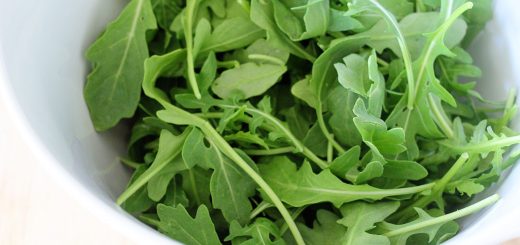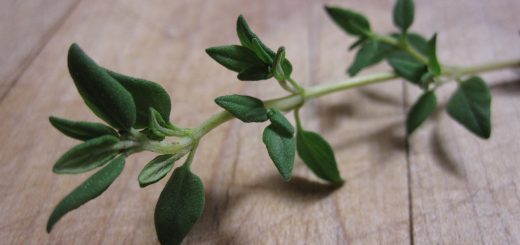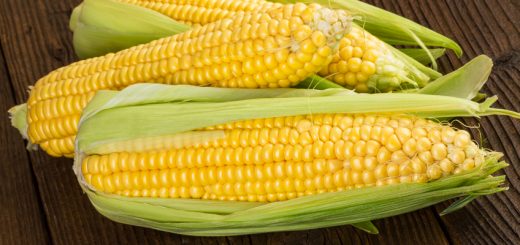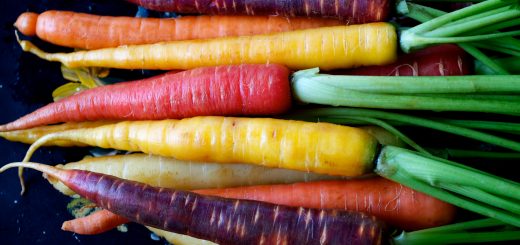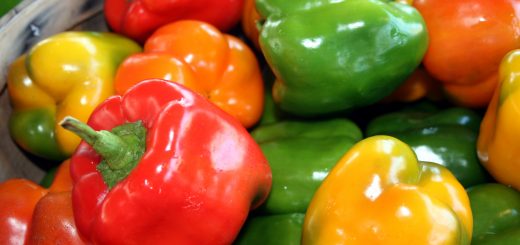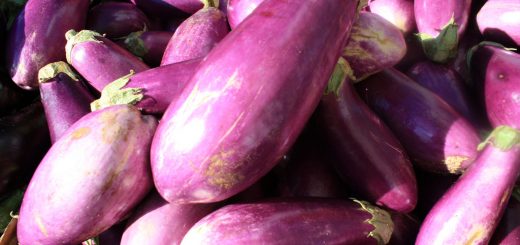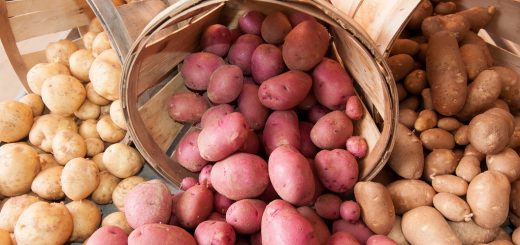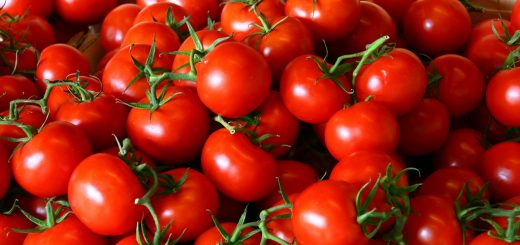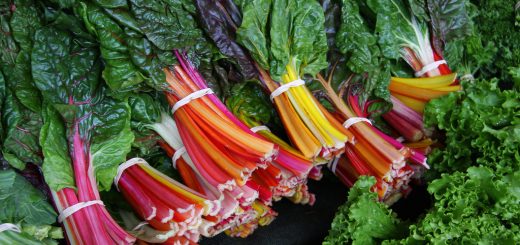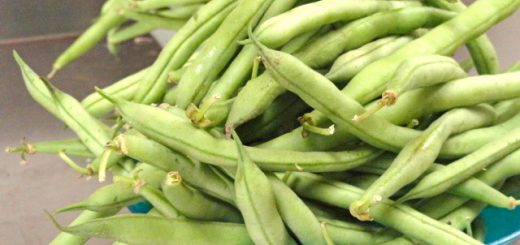Category: Featured Produce
If you ever see a salad green referred to as “rocket,” it’s simply another name for arugula, or roquette in French. Yet another brassicaceae along with kale and cauliflower, its delightfully pungent leaves have been cultivated in the Mediterranean since time was recorded. As such, arugula is a perennial favorite in Italian cooking. (more…)
There are actually over 100 varieties of thyme, but only 2 that are used in the kitchen: Garden thyme and lemon thyme. Garden thyme has a woodsy, pungent aroma, while lemon thyme, when crushed, has a distinct lemony smell. Leaves and sprigs are used in salads as garnishes, and in soups, chowders, and in many Cajun and French dishes. (more…)
Corn, also known as “maize”, is one of the most important cereal crops grown around the world. Farmers differentiate “sweet” corn – varieties grown as food – from other varieties used for animal feed, industrial use, or products like flour, corn syrup, and popcorn. Corn was originally domesticated starting around 9000 years ago in south-central Mexico, with early farmers selecting favorable traits from the wild teosinte plant. By the time of European colonization in the 15th century, corn had spread across the Americas and become a major food source for the indigenous population. (more…)
Did you know that carrots are not originally orange? That’s right. The original carrot, which dates back more than 4.000 years to Afghanistan, was purple. The orange carrot didn’t come into being until about 400 years ago, when Dutch farmers bred the carrot to be orange – their country’s color. Today, carrots have been bred in a rainbow of colors, which makes them much more fun to eat, not to mention, more nutritious. (more…)
Bell peppers belong to the nightshade (Solanaceae) family of plants, along with chili pepper, cayenne pepper, eggplant, tomatoes and potatoes (except sweet potatoes and yams). Their scientific name is Capsicum annuum. This scientific name, however, is used to refer not only to bell peppers, but also to wax peppers, cayenne peppers, chili peppers, and jalapeño peppers. (more…)
Eggplant is a member of the Solanaceae, or “nightshade,” family of vegetables, which also includes tomatoes, sweet peppers, and potatoes. As you already noticed, they come in a variety of shapes and colors. While the varieties exhibit slightly different tastes and textures, generally eggplants have a pleasantly bitter taste and spongy texture. (more…)
You may have noticed that the potatoes we get have had different hues of flesh. Potatoes actually come in a rainbow of colors, from yellow “Yukon Gold” to “Purple Peruvian”. (more…)
The tomato, like the eggplant, is a member of the Solanaceae, or Nightshade family. Tomatoes are native to western South America, but were cultivated in Mexico by Mexican Indians, who were intrigued by its resemblance to the tomatillo – a staple in their cuisine. With the discovery of the New World, tomato seeds were brought back to Spain, beginning the introduction of the fruit into Europe. Tomatoes made their way to North America with the colonists who first settled in Virginia. (more…)
Swiss chard, along with kale, mustard greens, and collard greens, is one of several leafy, green vegetables often referred to as “greens.” It belongs to the same family as beets and spinach and shares a similar taste profile. Chard is a tall, leafy vegetable with a thick, crunchy stalk (akin to celery but less stringy) that comes in white, red, or yellow, with wide, fan-like, ruffled leaves that are similar to spinach but chewier. Regardless of the stalks’ color, they have similar flavors and cooking properties, although the white stalks are most tender. Very tender leaves can be added directly to green salads. (more…)
Green beans, also known as snap beans because they “snap” when broken, are harvested when young, when the beans inside the pod are small and tender and the pods are thin. They are very low in calories and loaded with vitamins K, A, and C, fiber, folate and anti-oxidants. Interestingly, green beans were originally cultivated in Peru and were then spread throughout Central and South America by Indian tribes. Spanish explorers brought them back from the “New World” to Europe in the 16th century, and from there they spread around the world. (more…)
